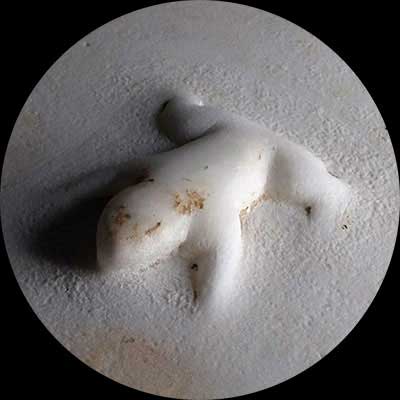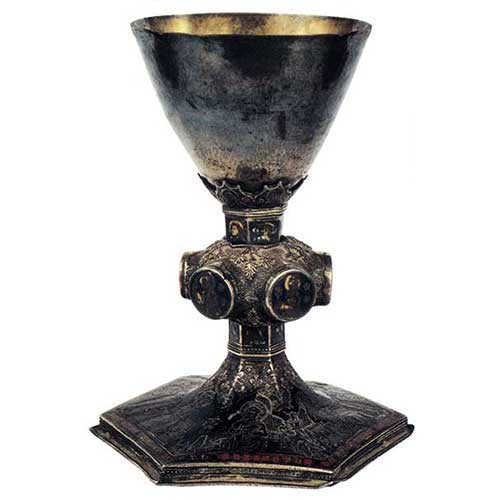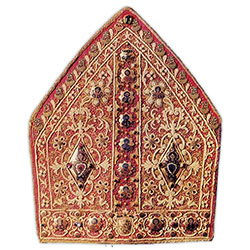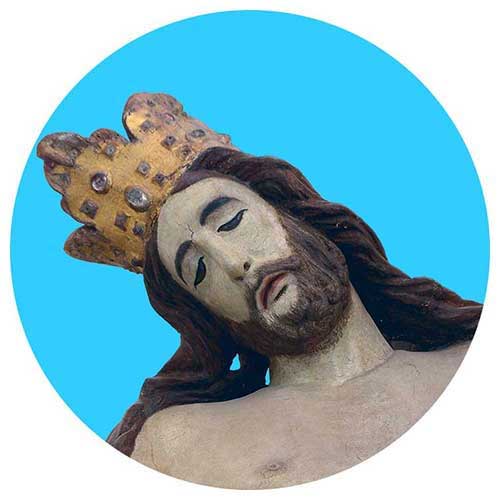art & history
IN THE SQUARE FOR A THOUSAND YEARS
It's the beating heart of Scala, the life of the whole community. The Cathedral dates back to the eleventh century. It has been transformed, from Romanesque-Gothic to the eighteenth-century Rococo. Inside are treasures of art and hidden secrets, still under study.





